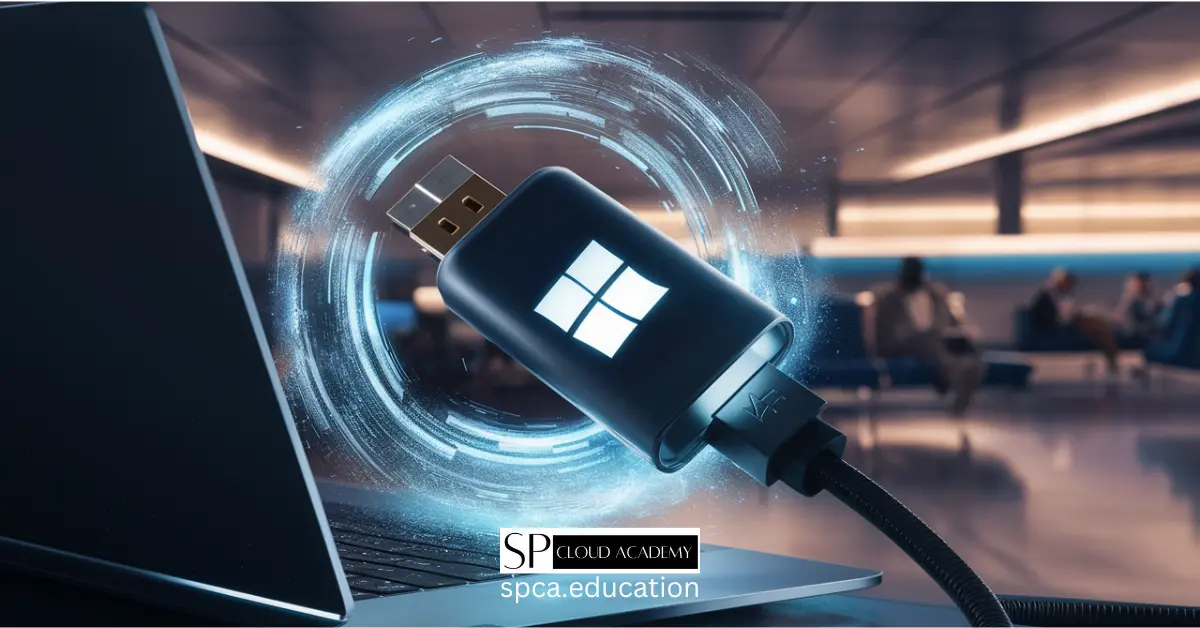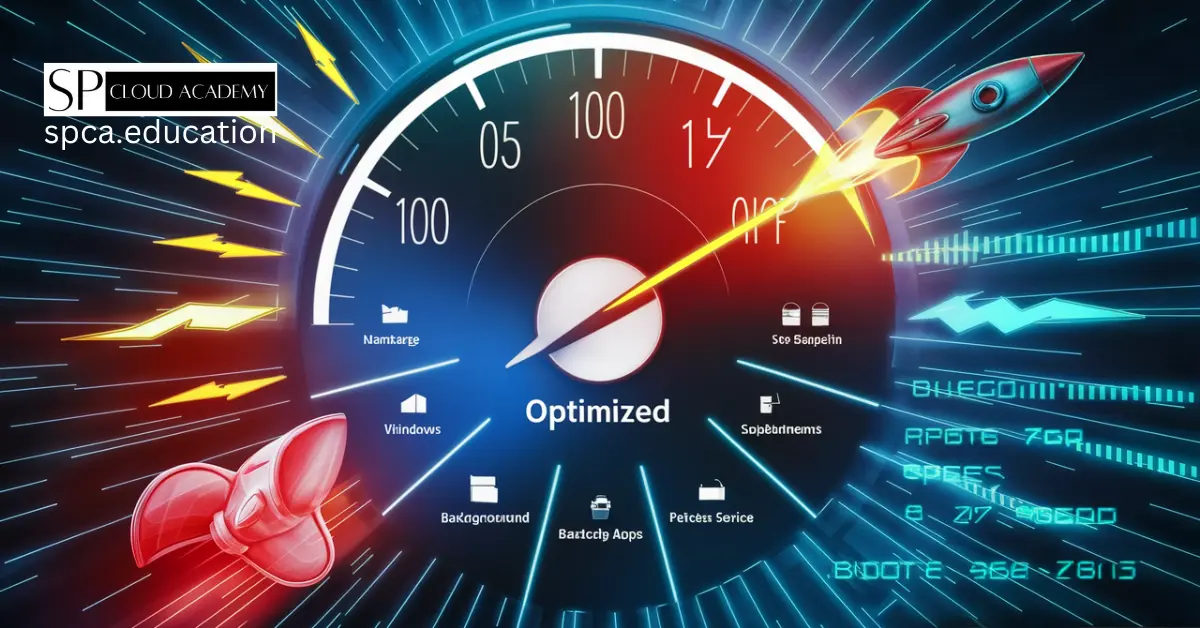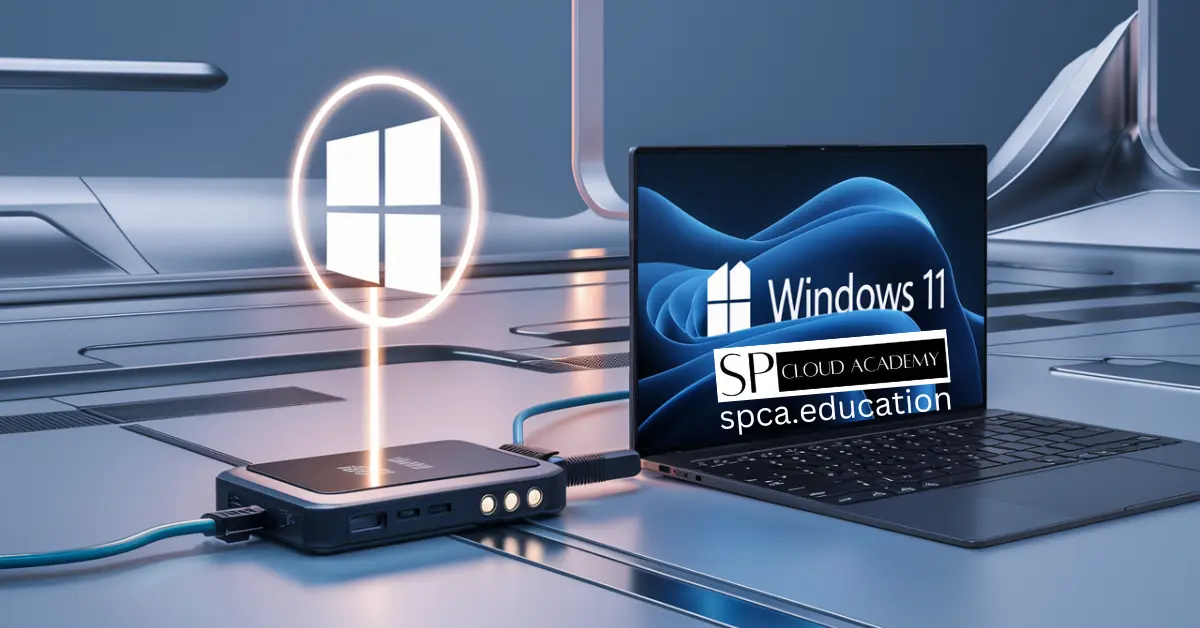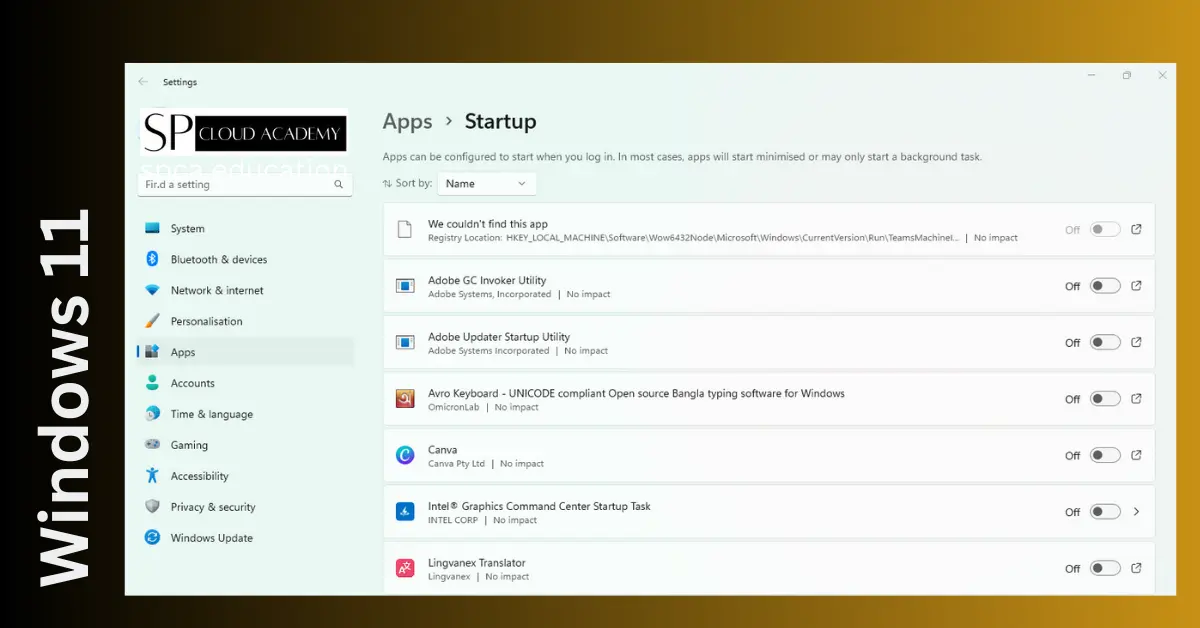Is your Windows 11 startup process more sluggish than you’d like? Don’t worry, we’ve got you covered! In this article, we’ll explore the best strategies to optimize your Windows 11 startup process and get your computer up and running smoothly in no time.
With the latest version of Windows, Microsoft has introduced several new features and enhancements to improve the user experience. However, these additions can sometimes lead to longer startup times, causing frustration for many users.
But fear not! By following our expert tips and tricks, you can significantly reduce the time it takes for your computer to start up. From disabling unnecessary startup programs to optimizing your system’s settings, we’ll walk you through the step-by-step process of streamlining Windows 11 startup.
Say goodbye to waiting around for your computer to boot up and start your day off right with a lightning-fast Windows 11 startup process. Let’s dive in and unlock the full potential of your operating system.
Understanding the Importance of Optimizing Windows 11 Startup
The startup process is a critical component of your Windows 11 experience. It determines how quickly you can access your computer and get to work or play. A slow startup can be frustrating, especially when you’re in a hurry or need to use your computer urgently.
Optimizing your Windows 11 startup can have a significant impact on your overall computer performance. It not only reduces the time it takes for your computer to boot up but also improves the responsiveness of your operating system.
By streamlining the startup process, you can ensure that your computer starts up quickly, allowing you to be more productive and efficient. Additionally, optimizing startup can help reduce unnecessary strain on your computer’s resources, leading to smoother overall performance.
Common Issues with Windows 11 Startup
Before diving into the optimization strategies, let’s take a look at some common issues that can slow down the Windows 11 startup process. Understanding these issues will help you identify the root causes and choose the appropriate solutions.
One common issue is the presence of unnecessary startup programs. Over time, you may have installed various applications that set themselves to start automatically when your computer boots up. These programs consume valuable system resources and can significantly slow down the startup process.
Another issue is the presence of too many startup services and processes. Similar to startup programs, these services and processes can consume memory and CPU power, leading to a slower startup.
Furthermore, misconfigured startup settings can also be a culprit. If your Windows 11 startup is taking longer than usual, it’s worth checking if any settings need adjustment.
Steps to Optimize Windows 11 Startup
Now that we understand the importance of optimizing Windows 11 startup and the common issues that can impact it, let’s dive into the steps you can take to improve your computer’s performance.
Cleaning up Unnecessary Startup Programs
The first step in optimizing Windows 11 startup is to clean up unnecessary startup programs. These are applications that start automatically when your computer boots up, even though you may not need them right away.
To clean up unnecessary startup programs, follow these steps:
- Open the Task Manager by pressing
Ctrl + Shift + Esc. - Click on the “Startup” tab.
- Disable any programs that you don’t need to start automatically by right-clicking on them and selecting “Disable.”
By disabling unnecessary startup programs, you can significantly reduce the load on your system resources and improve the startup time.
Managing Startup Services and Processes
In addition to startup programs, Windows 11 also has startup services and processes. These are background tasks that start automatically and run in the background, even before you log in to your computer.
Managing startup services and processes is crucial to optimize Windows 11 startup. Here’s how you can do it:
- Press
Win + Rto open the Run dialog box. - Type in “msconfig” and press Enter.
- In the System Configuration window, navigate to the “Services” tab.
- Check the box that says “Hide all Microsoft services.”
- Disable any unnecessary services by unchecking the corresponding boxes.
- Navigate to the “Startup” tab and disable any unnecessary startup processes by unchecking the boxes.
By managing startup services and processes, you can reduce the number of background tasks running during startup, leading to faster boot times.
Optimizing Startup Settings in Windows 11
Windows 11 offers various settings that can be optimized to improve the startup process. These settings allow you to fine-tune your computer’s behavior during startup, ensuring a faster and smoother experience.
To optimize startup settings in Windows 11, follow these steps:
- Press
Win + Ito open the Settings app. - Go to “System” and select “Power & sleep.”
- Under the “Related settings” section, click on “Additional power settings.”
- In the Power Options window, click on “Choose what the power buttons do” from the left sidebar.
- Click on “Change settings that are currently unavailable.”
- Under the “Shutdown settings” section, uncheck the box that says “Turn on fast startup (recommended).”
Disabling fast startup can help resolve issues with slow startup and improve overall performance.
Monitoring and Troubleshooting Windows 11 Startup
After optimizing your Windows 11 startup, it’s important to monitor and troubleshoot any lingering issues. This will ensure that your computer continues to start up quickly and efficiently.
One helpful tool for monitoring startup performance is the Windows Performance Monitor. This tool provides detailed information about the processes and resources used during startup, allowing you to identify any bottlenecks or performance issues.
If you encounter any issues with the startup process, you can use the Windows Event Viewer to troubleshoot and identify the root causes. The Event Viewer provides logs and error messages that can help you pinpoint the source of the problem.
Additional Tips for Improving Windows 11 Startup
In addition to the strategies mentioned above, here are a few extra tips to further improve your Windows 11 startup:
- Keep your operating system and drivers up to date to ensure optimal performance.
- Regularly clean up your computer by removing unnecessary files and programs.
- Consider upgrading your hardware, such as adding more RAM or switching to a solid-state drive (SSD).
- Use a reputable antivirus program to scan and remove any malware or viruses that may be affecting your startup process.
By following these additional tips, you can maximize the performance of your Windows 11 startup and enjoy a faster, more efficient computing experience.
Conclusion
Optimizing your Windows 11 startup process is essential for a smooth and efficient computing experience. By following the steps outlined in this article, you can significantly reduce the time it takes for your computer to boot up and improve overall performance.
From cleaning up unnecessary startup programs to managing services and processes, optimizing startup settings, and monitoring performance, there are several strategies you can employ to streamline your Windows 11 startup.
Remember to regularly monitor and troubleshoot any issues that may arise and implement additional tips to further enhance your startup experience.
Say goodbye to waiting around for your computer to boot up and start your day off right with a lightning-fast Windows 11 startup process. Unlock the full potential of your operating system and enjoy a faster, more efficient computing experience.
See Also
Windows 11 Tutorials: https://spca.education/tutorials/
Windows 11 forum: https://techcommunity.microsoft.com/t5/windows-11/bd-p/Windows11
-

Windows To Go in Windows 11: The Portable OS Revolution You Didn’t Know You Needed!
-

Windows 11 Performance Hacks: Stop Background Apps from Wasting Your Power!
-

No Internal Storage? No Problem! Install Windows 11 on an External SSD Today
-

Unlock Hidden Performance: The Best Windows 11 Commands for Optimization
-

The Ultimate Guide to Troubleshooting Advanced System Issues in Windows 11
-

Revolutionize Your Digital Life: The Ultimate Guide to Cloud Integration in Windows 11
